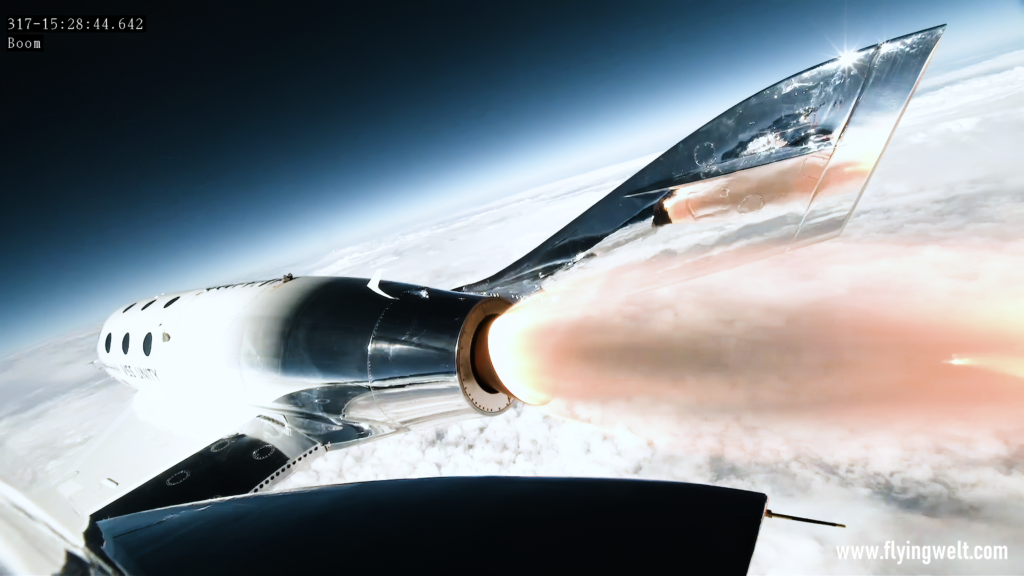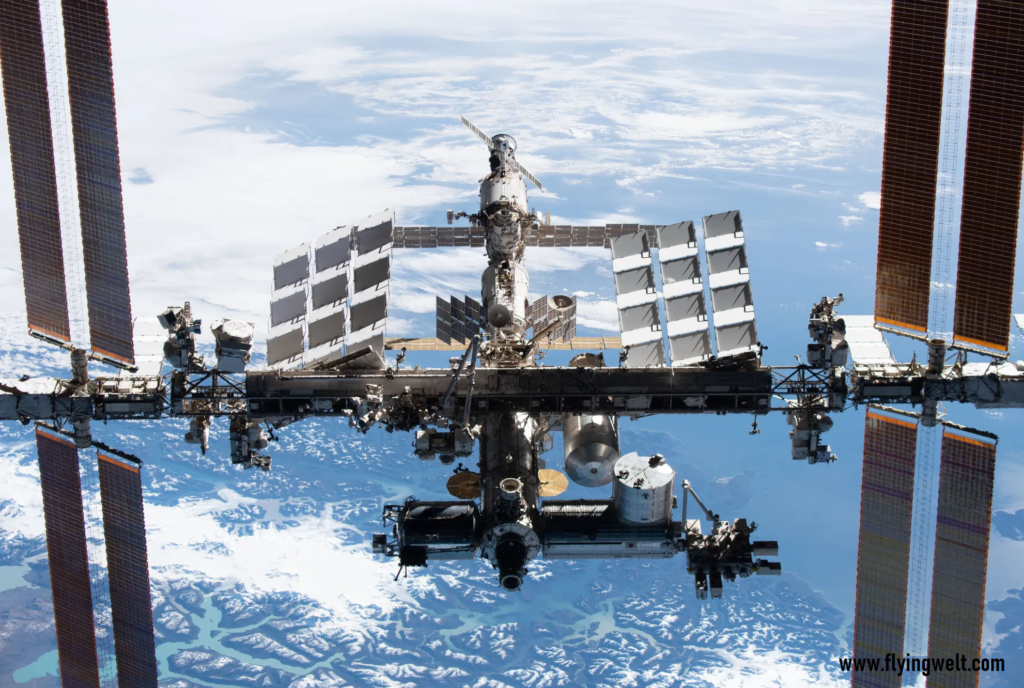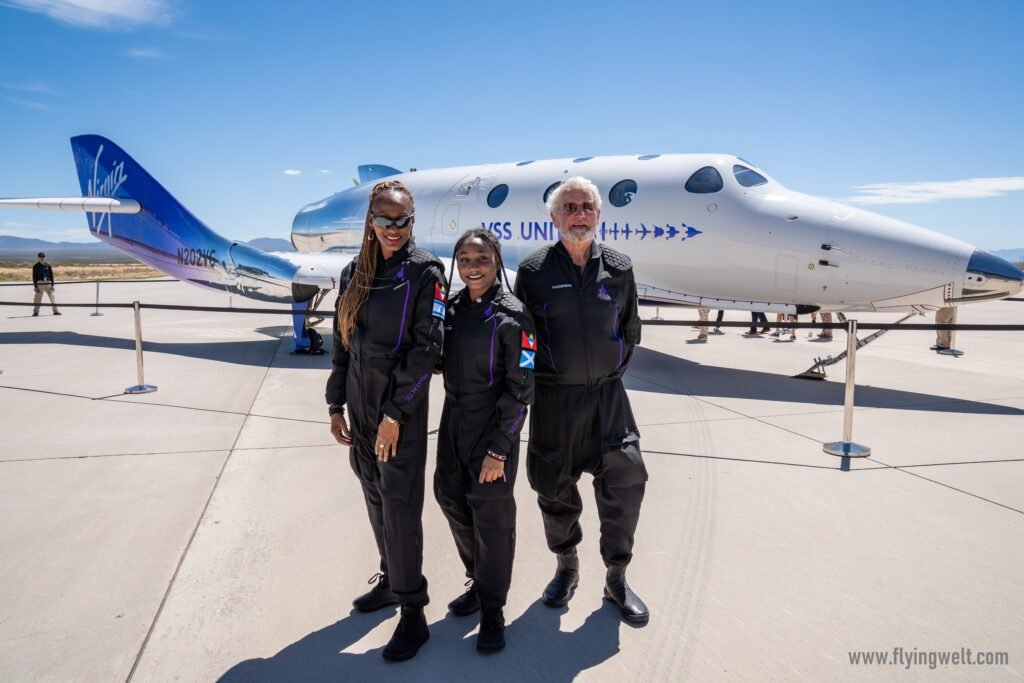The allure of the cosmos has captivated human imagination for centuries. What was once the exclusive realm of astronauts and space agencies is now on the brink of becoming the next frontier in luxury travel: space tourism. As private companies race to make the cosmos accessible to civilians, a new era is dawning—one where the dream of floating in zero gravity or gazing at Earth from space is not reserved for astronauts but open to those with the means and the adventurous spirit to embark on a cosmic odyssey. In this comprehensive exploration, we delve into the past, present, and future of space tourism, examining the pioneers, the technology, and the implications of venturing beyond the stratosphere.
The Pioneers: From Dreamers to Space Entrepreneurs

Yuri Gagarin to Elon Musk: A Historical Shift
The idea of civilians venturing into space is not entirely new. In 1961, Yuri Gagarin became the first human to orbit the Earth, setting the stage for decades of government-led space exploration. However, it was not until the turn of the 21st century that a paradigm shift occurred. Visionary entrepreneurs like Elon Musk, Richard Branson, and Jeff Bezos entered the scene, challenging the traditional notion that space exploration was solely the domain of governments.
“I think the human race doesn’t have a future if it doesn’t go into space. I therefore want to encourage public interest in space. A zero-gravity flight is the first step towards space travel.”
Stephen W. Hawking
The X Prize: A Catalyst for Change

The turning point for space tourism came with the Ansari X Prize in 2004. This $10 million prize was awarded to the first non-governmental organization to launch a reusable crewed spacecraft into space twice within two weeks. The prize spurred innovation and marked the beginning of a new era where private companies sought to make space travel commercially viable.
The Spacecraft: Rockets, Spaceplanes, and Beyond

Suborbital Space Tourism: Virgin Galactic and Blue Origin
The current focus of space tourism is on suborbital flights, where spacecraft reach the edge of space but do not enter orbit. Virgin Galactic, founded by Richard Branson, and Blue Origin, led by Jeff Bezos, are at the forefront of this suborbital space race. Virgin Galactic’s SpaceShipTwo and Blue Origin’s New Shepard aim to offer civilians a taste of weightlessness and breathtaking views of Earth from the edge of space.
Orbital Space Tourism: Axiom Space and Beyond
While suborbital flights provide a brief and exhilarating experience, some companies are setting their sights on orbital space tourism. Axiom Space, for instance, plans to offer trips to the International Space Station (ISS) for civilians. The idea of spending days in orbit, conducting experiments, and experiencing life on the ISS represents a new level of space tourism.
The Experience: Weightlessness, Views, and More

Suborbital Joyrides: A Glimpse of Weightlessness
For those opting for suborbital flights, the main attraction is the experience of weightlessness. Passengers will have the opportunity to unbuckle and float around the cabin in a microgravity environment, a sensation often described as both surreal and liberating. Additionally, large windows on spacecraft like Virgin Galactic’s SpaceShipTwo offer panoramic views of Earth against the backdrop of the cosmos.
Orbital Adventures: Living Among the Stars
Orbital space tourism promises a more immersive experience. Axiom Space, for example, envisions a stay on the ISS where civilians can participate in research projects, enjoy the unique perspective of Earth from space, and witness awe-inspiring phenomena such as auroras and sunrises from orbit.
The Challenges: Safety, Cost, and Environmental Concerns

Safety in the Cosmos: Mitigating Risks
Safety is a paramount concern in space tourism. The inherent risks of space travel, even in suborbital flights, cannot be understated. Companies must navigate the delicate balance between providing a thrilling experience and ensuring the well-being of passengers. Stringent safety measures, rigorous testing, and continuous advancements in technology are crucial in addressing these challenges.
The Cost of Cosmic Travel: From Exclusive to Accessible?
As with any groundbreaking technology, the initial cost of space tourism is prohibitive for most. Suborbital flights with Virgin Galactic are priced at hundreds of thousands of dollars per ticket, and trips to the ISS with Axiom Space can reach tens of millions. The challenge lies in making space travel more affordable and accessible to a broader audience—a hurdle that private companies are actively working to overcome.
Environmental Impact: Balancing Exploration and Preservation
While the environmental impact of suborbital flights is relatively low, the same cannot be said for the broader space industry. The carbon footprint of rocket launches and the potential accumulation of space debris raise environmental concerns. As space tourism expands, the industry must grapple with the ecological implications and work towards sustainable practices.
The Future: Galactic Resorts, Lunar Escapes, and Beyond

Galactic Resorts: Luxury Beyond the Stars
Looking ahead, visionaries are imagining the concept of galactic resorts—luxurious accommodations in orbit or on celestial bodies. These futuristic concepts, while currently speculative, hint at a future where space tourism transcends brief joyrides and becomes an integral part of an otherworldly vacation experience.
Lunar Tourism: A Giant Leap for Tourists
Beyond Earth’s orbit, the Moon looms as the next destination for lunar tourism. Companies like SpaceX, with their Starship spacecraft, are exploring the possibility of offering civilians the chance to orbit the Moon and perhaps even set foot on its surface. This lunar escape represents the next giant leap for space tourism.
A Cosmic Tapestry Unfolding

In the not-too-distant future, the term “space tourism” may cease to evoke visions of science fiction and instead become a commonplace reality. The pioneers of this industry are forging a path beyond the stratosphere, where weightlessness is not just a dream but an experience, and the majesty of Earth unfolds against the backdrop of the cosmos.
As space tourism inches closer to becoming a routine part of the travel industry, the narrative is shifting from exclusivity to accessibility. The challenges of safety, cost, and environmental impact are formidable, but the resolve to overcome them is equally strong.
In this cosmic tapestry, where private enterprise meets the infinite expanse of space, each suborbital joyride, orbital adventure, and future lunar escape weaves a new thread. Space tourism, beyond the stratosphere, is not merely a technological achievement; it is a testament to human curiosity, ambition, and the ceaseless desire to explore the unknown.
